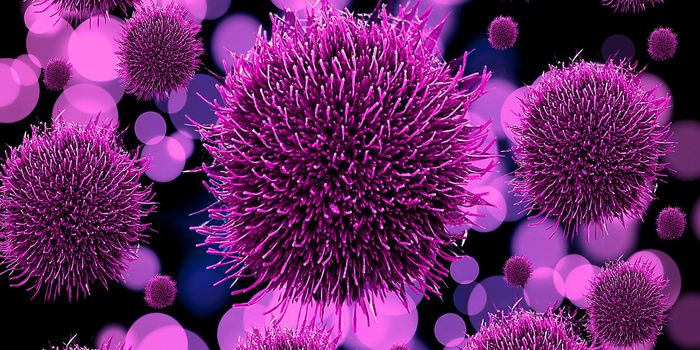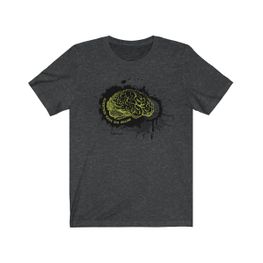Deciphering the Complexities of an Autism & Seizure-Linked Gene
Mutations in a gene called SCN2A are known to cause seizures in infants, and have been associated with autism spectrum disorder (ASD), intellectual disability, and problems with communication, eating, mobility, and vision. Now scientists have learned more about why changes in this gene can cause such a wide range of impairments. The findings, which have been reported in the journal Brain, may help scientists develop better ways to treat some of these patients.
A patient advocacy group called the FamilieSCN2A Foundation helped with this effort, in which 81 families who are impacted by SCN2A variants participated in what's called the SCN2A Clinical Trials Readiness Study (SCN2A-CTRS). Individuals from one month to 29 years of age were included.
The researchers looked at what impact different SCN2A variants had on tiny channels that permit sodium to pass in and out of nerve cells. The sodium channels are crucial to neuronal signaling, and SCN2A variants alter the function of these sodium channels. The health outcome depends on how the channel is impaired in carriers of SCN2A variants. In some cases, changes in the SCN2A gene cause the channel to be hyperactive and allow too many sodium ions to move through, while other variants impede the flow of those ions, sometimes stopping their movement completely.
Hyperactive sodium channels were typically linked to seizures that happen as soon as the first week of life, while less functional channels that stop sodium ion flow were associated with seizures that happened later on, or not at all. Almost all of the individuals who did not have seizures had totally inactive sodium channels.
Other disease symptoms also followed this pattern; individuals with the worst motor impairments and could not walk or eat, for example, also had earlier seizures and very hyperactive sodium ion channels. As the symptom severity lessened, there was a longer time until the onset of seizures and fewer neurological impairments in carriers.
"We previously knew that genetic changes in the SCN2A gene were associated with seizures beginning as early as the newborn period and up through the first few years of life," said co-corresponding study author Dr. Alfred George, the chair of pharmacology at Northwestern University Feinberg School of Medicine. "We had an overly simplistic understanding of these associations."
It's been thought that hyperactive channels are linked to early onset seizures, while inactive channels are related to autism, noted George. But this study has shown the reality is more complex, and those who have seizures after they are no longer immediate newborns, but within the first three months of their lives, do not have hyperactive channels.
"This is important because new precision medicines that are best suited for hyperactive SCN2A variants could be harmful to those with underactive or inactive variants," George said. "Relying only on the age of seizure onset as a criterion for clinical trial enrollment risks inclusion of inappropriate patients."
Sources: Northwestern University, Brain




















































